2019 Honda Civic Review

When the 10th-generation Honda Civic first came in out 2015, it set a new benchmark for the compact car segment with its well-sorted driving dynamics, clever features, and an interior that punched above its price.
Five years can be an eternity in the automotive world, but somehow, the Civic still manages to comfortably hold its spot at the top of its segment, even though many of its competitors are much newer. How does it continue to be such a compelling offering, even though it’s no longer the newest?
Here are a few reasons why the Honda Civic is still the compact car leader (and a few things that can improve to hold on to their lead).
1. Body Style and Engine Options
The Honda Civic is currently available as a hatchback, sedan, and coupe. The fact that it comes as a coupe makes it a rarity, because none of its competitors do, and if you add on the fact the Civic comes in two performance variants, the Civic Si and the Type R, it’s a very well-rounded lineup, so there truly is a Civic for everyone, from a commuter on a budget to a driving enthusiasts with a track membership.
For this review, we drove the Honda Civic sedan in top-of-the-line Touring trim. Powered by the uplevel 1.5L turbo four-cylinder with 174 hp and 162 lb-ft of torque, the sedan was plenty quick for passing moves and getting up to highway speeds. The base naturally aspirated 2.0L engine is a bit slow, so if you can afford it, definitely get the turbo option. I wouldn’t call the 1.5L fast, but it’s fast enough.
2. Driving Dynamics
The Honda Civic’s chassis is excellent. Cars in this segment are typically on the extremes, but the Civic is right in the sweet spot: It’s comfortable and smooth over rough roads, yet composed and balanced in a corner. The steering is another highlight — it has a good weight to it and is more responsive than others in the segment. Simply put, the Honda Civic drives like a more expensive car and no matter what type of driver you are (quiet commuter or a Fast and Furious type) the Civic is happy to oblige.
CVTs also have a bad reputation, but the one in the Civic is quite good. When paired to the 1.5L turbo, the CVT is good enough that it should help change people’s perception of these transmissions. It operates mostly in the background, which is exactly what a transmission needs to do. The CVT is a better partner for the 1.5L turbo than the 2.0L, as the 2.0L doesn’t give it as much to work with, so the CVT can sound louder and feel more unresponsive with the base engine.
ALSO SEE: Honda Accord vs Honda Civic: Which Sedan is Right For You?
3. Standard Honda Sensing
Every Honda Civic comes standard with Honda Sensing, the brand’s suite of driver assistance and safety equipment that includes forward collision warning, lane departure warning, collision mitigation braking, road departure mitigation, adaptive cruise control with low-speed follow, and automatic high beams. The systems work mostly well, but the forward collision warning is a bit too sensitive, so it beeps all the time even though you’re in full control.
Instead of blind spot monitoring, the Civic has Lane Watch, which uses a camera mounted on the passenger side mirror to show you a live feed of that blind spot on the touchscreen whenever the right signal is being used. It’s useful for double checking for cyclists or people on motorcycles, but it’s not a replacement for doing a physical shoulder check.
{"attachment_id":"774218"}
4. It’s Efficient
The Honda Civic can run on regular unleaded fuel for both engines, even the turbocharged models. Honda suggests drivers use premium fuel for the performance-oriented Civics, the Si and Type R, however.
The Honda Civic Sedan with the naturally aspirated base engine and the CVT is rated at 30 mpg city, 38 highway and 33 combined. With the manual, it’s rated at 25 city, 36 highway, and 29 combined.
With the turbo engine and the CVT, the Civic Sedan is rated at 32 mpg city, 42 highway, and 36 combined. The turbo engine is only available with the CVT in the regular Civic.
ALSO SEE: CVT Transmission Pros and Cons
5. It Beat Many of Its Main Competitors
So far, we have compared the Civic to the Toyota Corolla, Mazda3, and Subaru Impreza, three of the Honda’s biggest competitors. The Civic easily beat every single one of them, even though they’re all newer. In each case, the Honda, even though it was older, managed to feel more modern than all of them, all while being more smartly packaged and more well-rounded. Many of the competitors excelled in one or two areas but had clear downsides. On the other hand, the Civic doesn’t make as many compromises as its competitors and doesn’t have any glaring issues.
ALSO SEE: 2019 Toyota Corolla vs Honda Civic Hatchback Comparison
So far, the only vehicle that came close to beating the Civic in a comparison test was the Kia Forte. Although the Forte wasn’t downright better than the Civic, we felt that it was able to least meet the Civic’s high benchmark; the Forte is also more affordable, had a few features the Civic didn’t, and also has a higher safety rating.
6. It’s Practical
Trunk space in the Honda Civic sedan clocks in at 15.1 cu-ft, which is quite generous, and the seats can fold down to hold longer items. The Civic’s well-built interior also has many storage cubbies to put stuff like keys, wallets, and phones, and even has a pass-through shelf where you can snake through a charging cable and charge your phone but keep the cable hidden.
The back seats are also very roomy even if you have taller people in front.
ALSO SEE: 2019 Honda Civic vs Mazda3: Which One is the Better Hatchback?
7. Upscale Interior
Besides having a practical interior, it’s also well-built and it doesn’t feel cheap. We appreciate that Honda finally gave the infotainment system a physical volume knob and physical buttons because it makes it more user-friendly than having touch-capacitive buttons. The digital portion of the gauge cluster looks high-end and the trims used are mostly plastic, but Honda made a real effort to make sure they didn’t look or feel cheap.
Honda Civic Downsides
The Honda Civic is ridiculously popular, and I found myself constantly not being able to find my Civic in a parking lot because there were dozens of the same car around me. This isn’t the car you want to buy if being unique is important to you.
I’m also not a huge fan of the infotainment system, which can be laggy and slow to respond to inputs. The menu structure also needs to be more intuitive, but I’m happy that Apple CarPlay and Android Auto are available. Honda should also add in faster-charging USB ports, a wireless phone charger, and a heated steering wheel to really have a leg up on its competition.
The Civic’s exterior design is also a weakness, but this is totally subjective. Although the sedan looks decent, the coupe and hatchback are so overstyled that I find them downright ugly. There are too many fake plastic vents and angles everywhere that it can look quite juvenile.
ALSO SEE: Top 10 Best Honda Civic Accessories
The Verdict: 2019 Honda Civic Review
The Honda Civic is a pragmatic choice for anyone who wants a reliable and well-rounded car. It’s practical, affordable, has great features, and excellent driving dynamics, which is a huge bonus in this segment. It’s impressive that the Honda Civic is older than many of its competitors yet still manages to set the benchmark. We love the fact that the Civic offers drivers different options for engines and body styles, and that it comes with standard driver assistance features and an upscale interior.

Jodi has been obsessed with cars since she was little and has been an automotive journalist for the past 12 years. She has a Bachelor of Journalism from Ryerson University in Toronto, is a member of the Automobile Journalists Association of Canada (AJAC), and a jury member for the prestigious North American Car/Truck/Utility Vehicle of the Year (NACTOY). Besides hosting videos, and writing news, reviews and features, Jodi is the Editor-in-Chief of AutoGuide.com and takes care of the site's day-to-day operations.
More by Jodi Lai




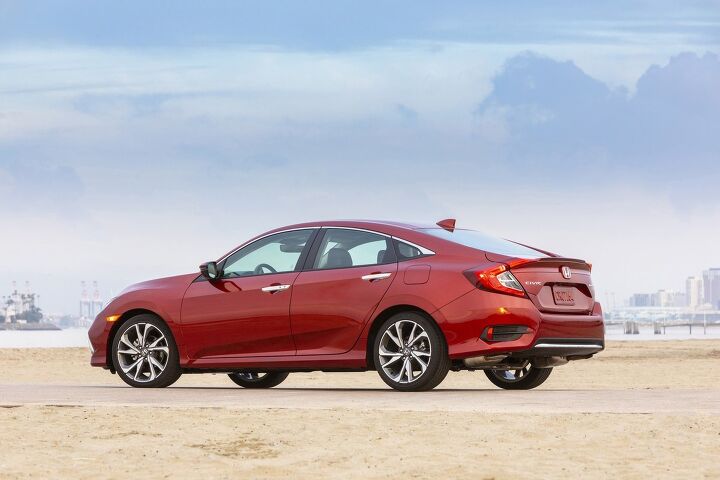
























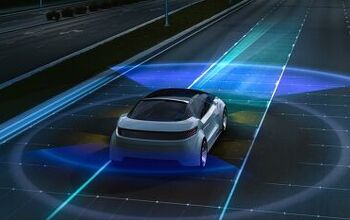

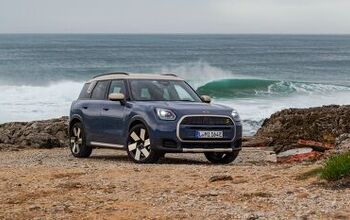
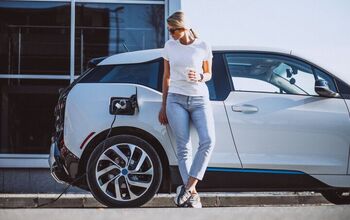




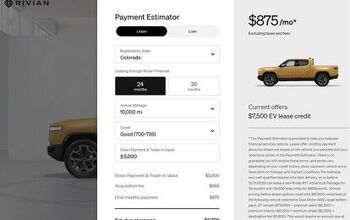

Comments
Join the conversation